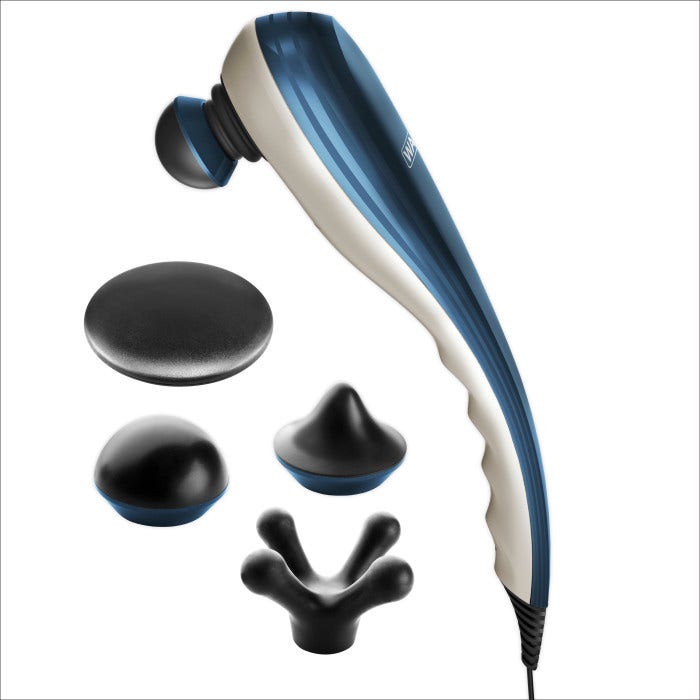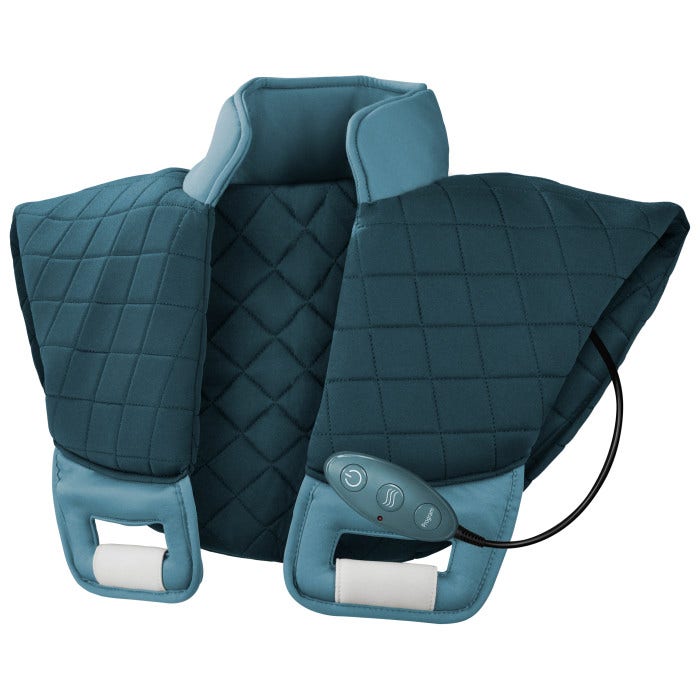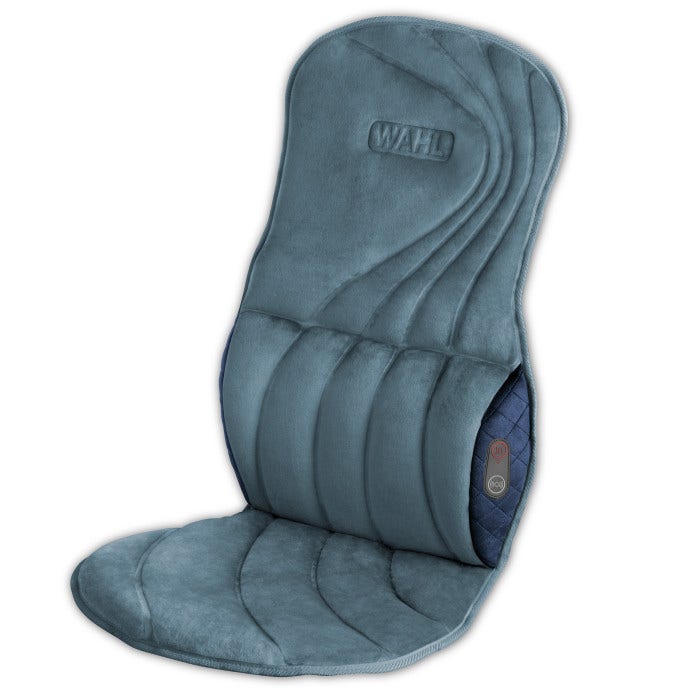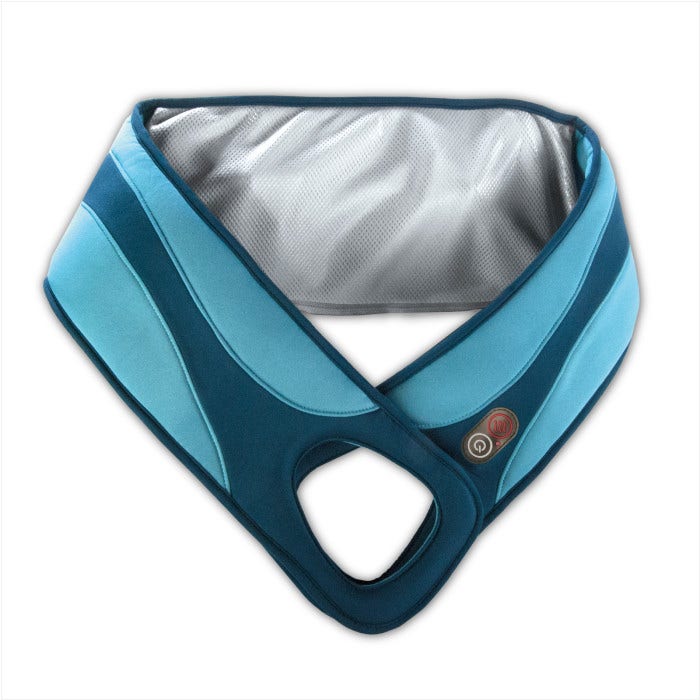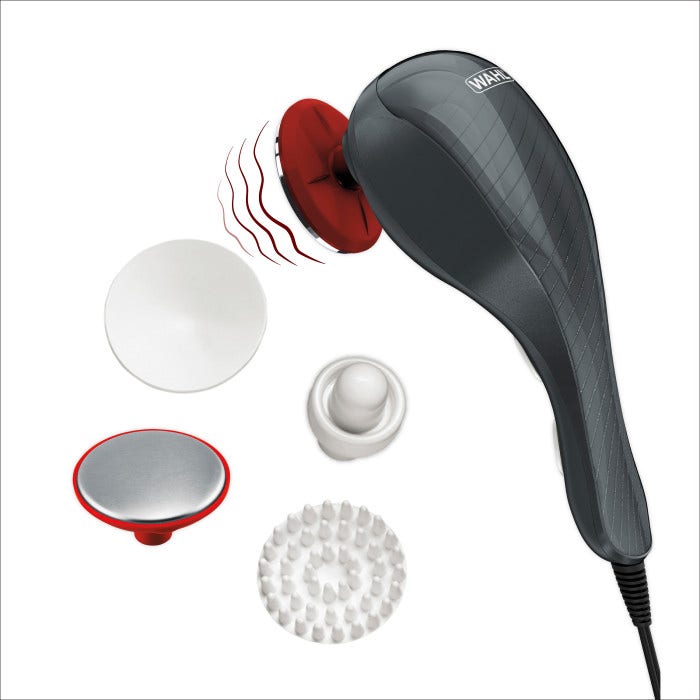
Different Types of Massage & How They Work
Different needs require different types of massages in order to attain the greatest benefit. Here are four different massages – Effleurage, Petrissage, Tapotement and Friction – and instructions when to use them and how to do them.
4 Types of Massage & How to Do Them
-
1
Petrissage Massage is a kneading of the muscles, skin and tissues to loosen muscles and increase blood flow to the massaged area.
This comes from the French word, petrir, meaning “to knead.” Not surprisingly, therapists refer to this as the kneading stroke. Petrissage involves the pressing, rolling and kneading of muscles, skin and tissues. Movements should be slow and repetitive with pressure, in order to loosen tight muscles and increase blood flow to the massaged area. Results are often improved when muscles are already relaxed before the petrissage massage, so for even better results, try a lighter effleurage massage first.
-
2
Friction Massage uses the ball of the thumb or a pointed object in small, circular movements to penetrate deep tissues and muscles.
Friction massage relies on the rubbing of a top layer of tissues against deeper muscle or bone. Friction massage is typically done using the ball of the thumb or a pointed object. It is a deep pressure massage done in small circular movements to penetrate deep tissues. The technique involves pressing on the tissue and rubbing it back and forth over the underlying muscle. This helps loosen knots in muscles, increases blood flow and relieves pain. A common example is massaging the muscles on either side of the spine. This deep tissue massage is good for relieving very tired or sore muscles. As a result, it is often used with athletes after a competition. Do not use this technique over the kidneys or the back of the knee. If you have questions, always consult a physician before using.
-
3
Tapotement Massage is the rapid, percussive tapping, slapping and cupping of the massage area to work and strengthen deep-tissue muscles.
This comes from the French word, tapoter, meaning “to tap or drum.” Therapists refer to this as the percussion stroke. Tapotement is the rapid, percussive tapping, slapping and cupping of the massaged area. It is used to more aggressively work and strengthen deep-tissue muscles. It increases local blood circulation and can even help tone muscle areas. Tapotement is often used to warm-up athletes before an event. Because of the tapping nature, don’t use this technique over bony areas or sensitive muscles. Do not use over the kidneys, the spine or the back of the knee. If you have questions, always consult a physician before using.
-
4
Effleurage Massage is done with soothing, often circular strokes over the skin to relax and warm up muscles.
This comes from the French word, effleuer, meaning “to touch lightly.” In a massage session, this is typically the opening massage technique to relax and warm up the muscles. Therapists refer to it as the gliding stroke. Effleurage is done with soothing, often circular strokes over the skin. To improve the experience, try varying the rhythm or speed of the massager. Slow strokes are relaxing; faster strokes are more stimulating. You can also try different pressures. Light pressure stimulates the skin; stronger pressure improves circulation. A combination of light and more intense pressure creates a soothing, pain-relieving massage.
What to use
Need help deciding what you need?
Where you hurt and why you’re hurting are two key factors in deciding which massager is best for your specific pain relief.
Product SelectorTips for Using Handheld Massagers

Start with a circular motion on the lower back, being careful to avoid the spine. Using long strokes, work your way up the back towards the heart.

When massaging the upper back, start from the spine and using short strokes to work your way outward towards the underarm. (Again, be careful not to come in contact with the spinal area.)

The same procedure is used to massage the chest. Start from the sternum and use short strokes to work your way outward toward the underarm.

DO NOT use the massager over the abdomen or below the rib cage.
Related Videos


 India (English)
India (English)
 Middle East and Africa (English)
Middle East and Africa (English)
 South Africa (English)
South Africa (English)
 Australia (English)
Australia (English)
 Japan (日本語)
Japan (日本語)
 South East Asia (English)
South East Asia (English)
 Singapore (English)
Singapore (English)
 Europe (English)
Europe (English)
 France (French)
France (French)
 Germany (German)
Germany (German)
 Hungary (Hungarian)
Hungary (Hungarian)
 Italy (Italian)
Italy (Italian)
 Poland (Polish)
Poland (Polish)
 Portugal (Portuguese)
Portugal (Portuguese)
 Russia (Russian)
Russia (Russian)
 Spain (Español)
Spain (Español)
 The Netherlands (Dutch)
The Netherlands (Dutch)
 Turkey (Turkish)
Turkey (Turkish)
 United Kingdom (English)
United Kingdom (English)
 Argentina (Español)
Argentina (Español)
 Brazil (Portuguese)
Brazil (Portuguese)
 Colombia (Español)
Colombia (Español)
 Latin America (Español)
Latin America (Español)
 México (Español)
México (Español)
 Chile (Español)
Chile (Español)
 Peru (Español)
Peru (Español)
 Canada (English)
Canada (English)




